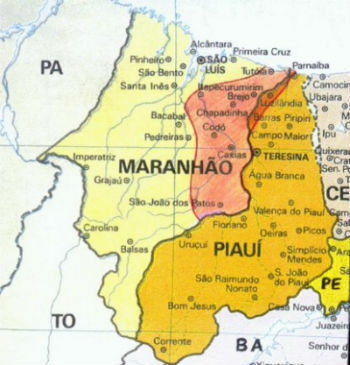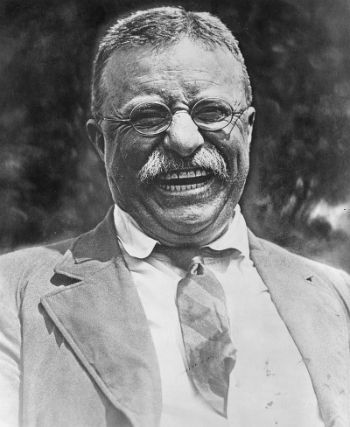Among the causes of the fall of the Roman Empire are: internal disputes for power, barbaric invasions, division between East and West, the economic crisis and the growth of Christianity.
Officially, the Western Roman Empire ends in AD 476. C., when Emperor Rômulo Augusto is forced to abdicate in favor of Odoacro, military chief of Germanic origin.
The Empire's capital, Rome, also suffered the consequences of decay. It was sacked by Alaric's troops, in 410, and later, would be invaded by Vandals (455) and Ostrogoths (546).
Main causes of the end of the Roman Empire
Let's look at some reasons that led to the decline and end of the Roman Empire.
1. internal disputes
The governing regime of Rome changed from Republic to Empire with Julius Caesar, in the century. I a. Ç. However, despite having proclaimed himself emperor, Caesar maintained some institutions of the Republic such as the Senate.
Not all emperors, however, respected the power of senators. This ended up generating more friction between the political class and the military.
As the Empire expanded, it became increasingly difficult to control the generals and governors of the provinces. We must not forget that the Roman Empire was 10,000 km long, with territories in North Africa, the Middle East and central Europe.
So, with a great army in their hands, some generals rebelled against the central power, plunging the Empire into civil wars.
2. barbarian invasions
The “barbarians” were those peoples, outside the imperial territory, that the Romans were unable to defeat and occupy the lands. Some of them, however, participated in battles with the Roman army, and others even joined the imperial army.
Due to internal disputes and the economic crisis, the Roman army lost much of its efficiency. Thus, the barbarians managed to defeat him and expand his territory little by little.
The barbarian leaders, however, insisted on preserving various Roman institutions and many converted to Christianity in order to be accepted by the ancient Romans.
It is interesting to note that the barbarians believed they were the heirs of the Roman Empire and not its destroyers.
3. division between west and east
One of the measures taken to improve the imperial administration was to divide the Roman Empire into two parts, around AD 300. Ç. The Western part would have Rome as its capital; while the Oriental, the headquarters would be in Byzantium.
During the reign of Emperor Constantine, the city of Byzantium was renamed Constantinople and later, under Muslim rule, was called Istanbul.
The division proved to be a failure, as it accentuated the cultural and political differences that already existed between the two regions.
The Western Roman Empire plunges into decay, unable to contain the barbarian invasions and internal strife. The fall of Rome, sacked by the "barbarian" peoples in 410, reveals how much the Romans no longer controlled their domains.
The Eastern part continued as a unified territory until 1453.
see more: Byzantine Empire
4. Economic crisis
Rome's economic growth was based on wars of expansion, the ability to capture people to enslave them, and ultimately to trade.
Since there was no way to expand its territory, it was also not possible to enslave human beings.
In this way, without the cheap slave labor, the economy begins to decline. On the other hand, the money to wage wars and pay soldiers is scarce. One of the measures to contain the economic crisis is to make a smaller currency to pay the troops.
The solution ends up generating inflation and the Roman currency is devalued, increasing the crisis in the Empire.
5. growth of christianity
The rise of Christianity, a monotheistic religion, added to the identity crisis that the Roman Empire was going through.
Christians were outlawed until AD 313. Ç. the Edict of Milan, when the Emperor Constantine decreed the end of persecution. This did not mean immediate peace, as other emperors tried to restore pagan practices.
This struggle between paganism and Christianity internally eroded Roman society and government, which were already well divided.
We have more texts on the subject for you:
- Roman Empire
- barbarian peoples
- Ancient Rome
- Fall of Constantinople



